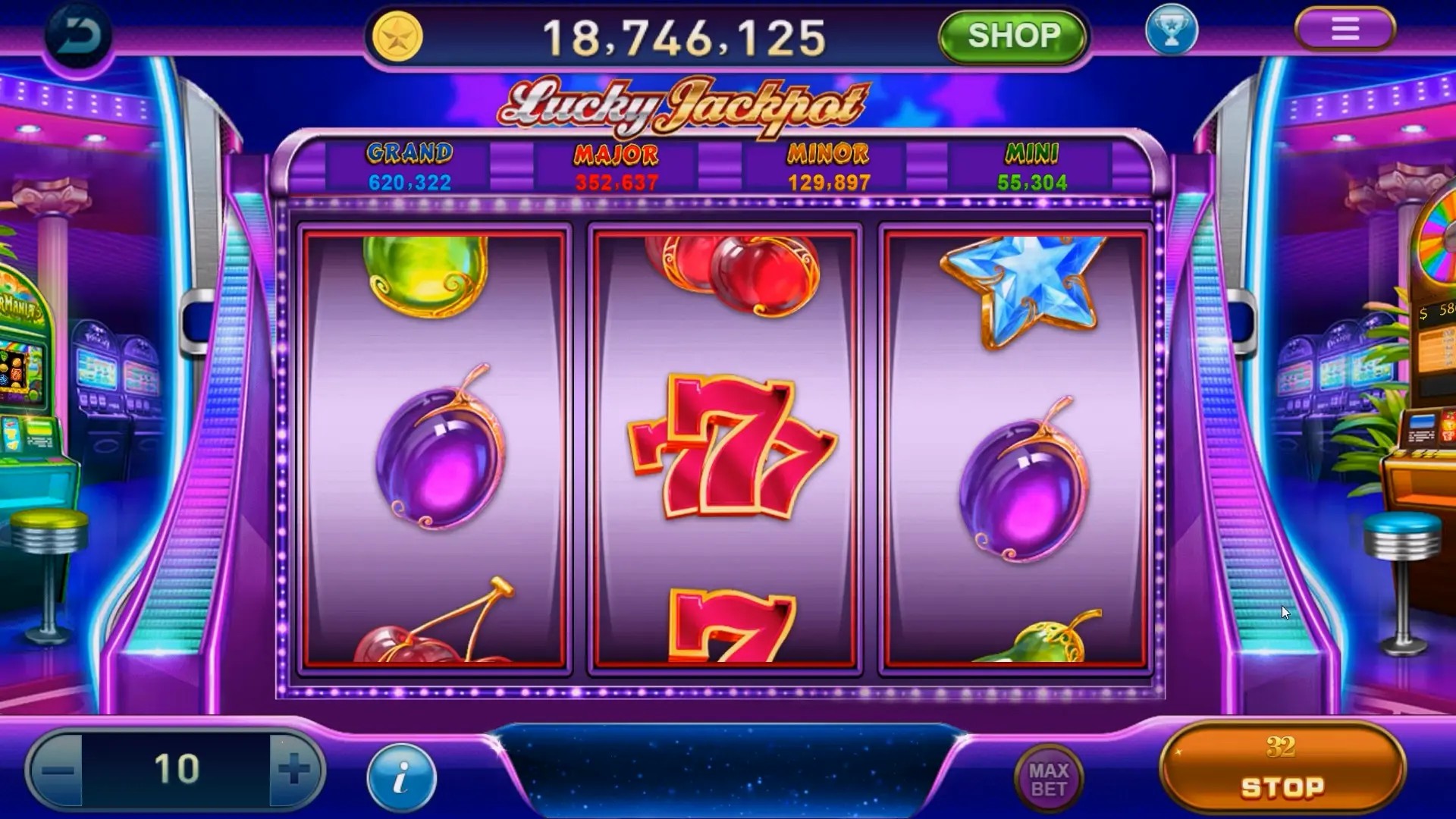Casual Games vs. Multiplayer Games: Which Offers a Better Social Experience?
In today's gaming world, casual games and multiplayer games each provide unique experiences for players. As the gaming industry evolves, players seek social interactions that either genre can offer. But which one delivers a better social experience? Let's dive into the comparison of these two types of games.
Understanding Casual Games
Casual games are typically designed for easy playability and accessibility. They often require minimal time commitment and can be enjoyed within a short span. Some of the popular examples include:
- Match-three games like Candy Crush
- Puzzle games such as Monument Valley
- Endless runners like Subway Surfers
These games appeal to a broad audience since they allow players to engage at their own pace. The emphasis is on fun, relaxation, and a break from daily routine. However, the social aspect of casual games often revolves around asynchronous interactions. For example, players may send lives or compete for high scores, but real-time interaction is generally limited.
Exploring Multiplayer Games
On the other hand, multiplayer games focus heavily on real-time social interactions. They often foster community building through teamwork, competition, and communication. Examples of popular multiplayer games include:
- First-person shooters like Call of Duty
- Massively multiplayer online games (MMOs) such as World of Warcraft
- Sports simulations like EA Sports FC 25
These games often create vibrant communities around them, where players can socialize, strategize, and interact with others in real-time. The basement of multiplayer creativity stems from **real-time teamwork** and direct competition, leading to a more immersive social experience than casual games typically offer.
The Social Experience Comparison Table
| Feature | Casual Games | Multiplayer Games |
|---|---|---|
| Accessibility | Easy for all ages | Requires understanding of game mechanics |
| Social Interaction | Asynchronous | Real-time |
| Community Building | Limited | Strong community presence |
| Time Commitment | Low | Variable |
Key Takeaways
When evaluating the social experiences of these two game types, several key points arise:
- Casual games provide a relaxed environment for socialization, making them accessible but less interactive.
- Multiplayer games foster direct communication and community, leading to deeper social connections during gameplay.
- Both genres cater to different audiences; casual games are great for short sessions, while multiplayer games shape friendships through shared experiences.
Conclusion
In conclusion, if you're looking for a quick social interaction, casual games may be the way to go. However, if you're seeking a more immersive and interactive experience, multiplayer games are likely to offer a better social environment. Ultimately, the choice between casual and multiplayer games will depend on individual preferences and gaming goals.



